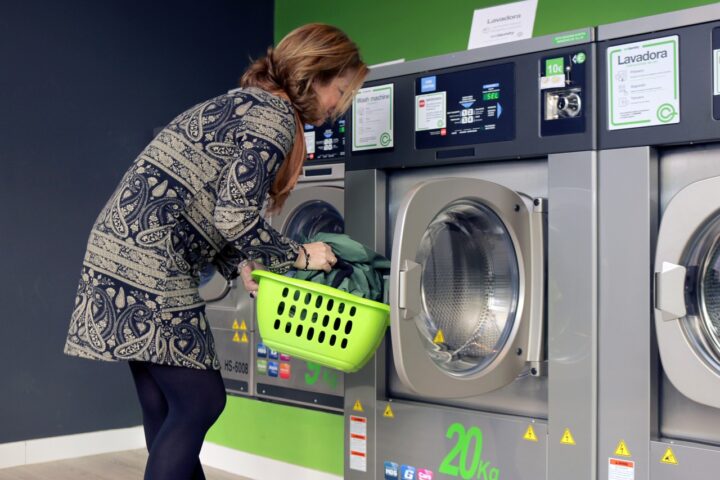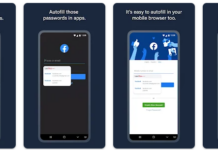 Self-service Technology (SST) allows customers to receive service without interacting with a real person. Our life is already inseparable from it. Such as ATMs, self-ordering machines in restaurants, self-service parking, etc.
Self-service Technology (SST) allows customers to receive service without interacting with a real person. Our life is already inseparable from it. Such as ATMs, self-ordering machines in restaurants, self-service parking, etc.
In fact, self-service technology offers many benefits to both customers and businesses. Customers get served faster and easier. Business sells more, reduces costs, and improves customer experience and efficiency, thereby enhancing the ability to sustain revenue.
If you are a business owner, you should definitely consider using this technology to increase your revenue and make your customers satisfied.
First, let’s understand what application scenarios they have.
-
ATMs
ATMs were undoubtedly the first self-service machines introduced to the public. The first ATM machine was introduced into the UK in 1967. Understanding self-service in terms of ATMs is a good start, and you should already know how important this technology is.
ATMs make it easier for us to deposit and withdraw money and to check balances quickly, which is faster than manual inquiries. We take it for granted these days, but don’t realize it’s taken some time for it to go deep into our lives.
-
Self-ordering technology in restaurants
 Self-ordering technology has become a trend that cannot be ignored which brings convenience to both restaurant clerks and customers. This technology can reduce the burden on restaurant staff while helping to reduce customer waiting time in line. Some said the technology made it easier to avoid talking to shop assistants. You can find them in fast food restaurants like McDonald’s.
Self-ordering technology has become a trend that cannot be ignored which brings convenience to both restaurant clerks and customers. This technology can reduce the burden on restaurant staff while helping to reduce customer waiting time in line. Some said the technology made it easier to avoid talking to shop assistants. You can find them in fast food restaurants like McDonald’s.
-
Self-service parking
Self-service kiosks make life more convenient in many situations. This makes parking easier, less stressful for passengers, and saves more time, which is especially important for passengers at airports.
-
Supermarket self-checkouts
After 2020, supermarkets have also begun to introduce this technology, allowing customers to scan and pay. Self-checkouts are more efficient and customers can see at a glance how much they bought, helping them keep their budget in check. Supermarkets can reduce staff at checkout lines, freeing them up for other things.
In addition to these self-services that ordinary people can touch, there are also many self-services in the office, such as self-service submission of work documents and issuance of certificates. Self-service technologies for the workplace are being incorporated into more and more collaboration software.
Moreover, online B2B and B2C are beginning to widely use chatbots to provide self-service, helping customers understand services and products before communicating with real people.
What are the advantages of self-service technology?
If you are a business manager or HR, you should understand the advantages of self-service in collaboration and use them to improve efficiency and employee flexibility.
A big reason is that the new hybrid workplace no longer restricts where employees can work, which is also a trend for the future. Although, the vast majority of people still spend their workdays in an office. The number one reason people work in an office is to communicate with their colleagues.
When you want online meetings and schedules, employees can freely arrange their working hours, and can work remotely, balancing work and life.
Natalie Warb, finance expert at CouponBirds, says that when your entire staff uses productivity apps such as Gmail, live chat, video conferencing and online documentation can help keep employees working from home. The pandemic forced us to change. No one thought it would be a better way to work.
Imagine that you, as an HR, are asked if you can interview online, how should you respond? It is undeniable that remote video can not only help the team discuss the next work, share opinions and unsolved problems, but also allow HR to expand the scope of recruitment and break through geographical restrictions to find talents from all over the country or even the world.
Your employees no longer have to wait for other departments to use up the meeting room before starting group discussions.
You can also issue questionnaires to count employee attendance at the end of the month, without having to stop every employee who passes by the HR office or front desk to fill out information on your paper form. The questionnaire can be updated in real time, and each source of information has detailed records. Many companies now use Gmail and related apps to consolidate personal information.
When your subordinates don’t know which colleague to talk to about UI work arrangements, how do you let him know who the UI designer is? Usually, there is not much communication between different departments. Once there is a multi-departmental collaboration project, different departments do not know what the other party is responsible for, and do not know how to start the meeting.
Office self-service technology allows employees to understand each other’s scope of responsibilities, send documents, and know in advance what materials need to be prepared for the meeting directly through live chat before the meeting. The openness of information is very important for communication.
Intuitive user interface, resource management, look back, book equipment… Office is increasingly inseparable from self-service, and it is overkill to limit it to public places. Equipping your workforce with versatile self-service will open up more possibilities for your business.

















